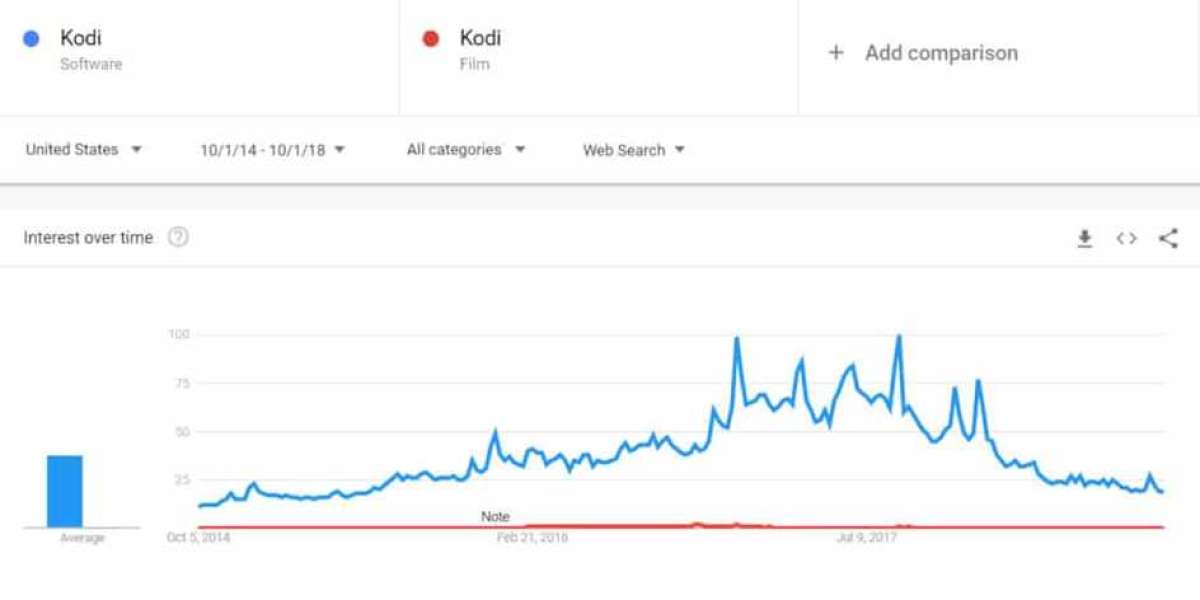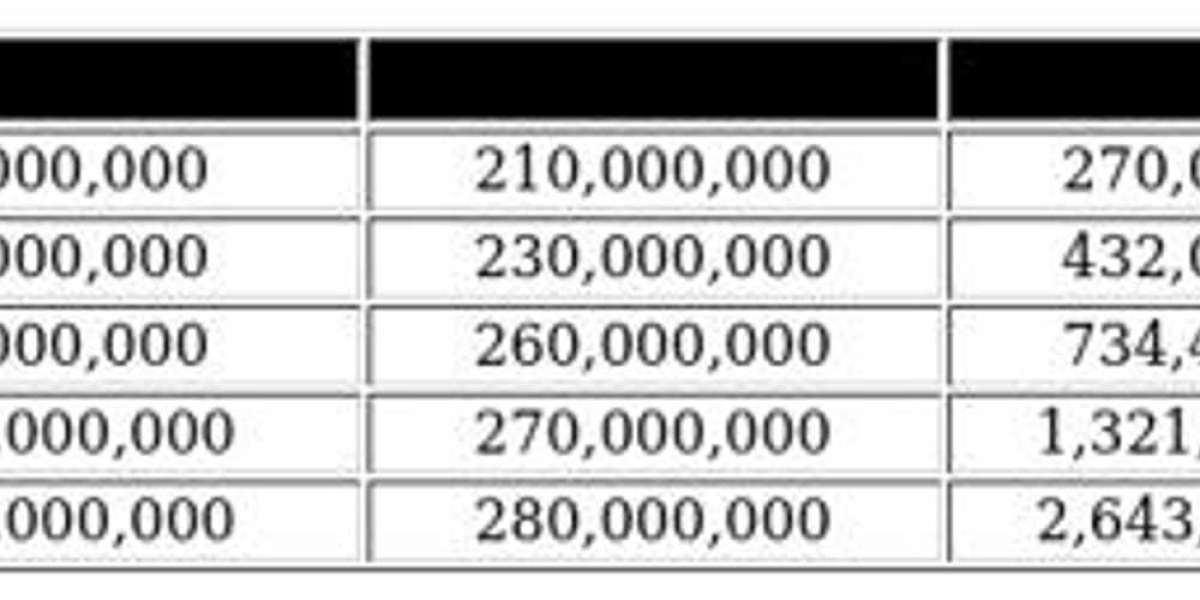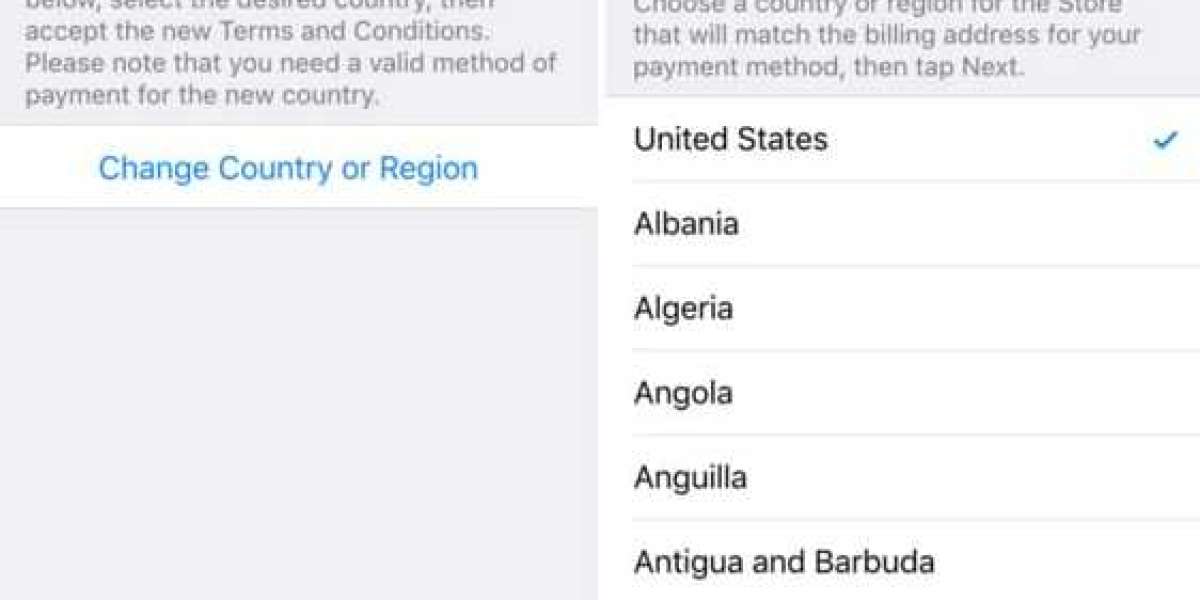Decline of Kodi Piracy
Once synonymous with unauthorized streaming culture,
Kodi’s association with piracy has diminished sharply
amid coordinated global enforcement efforts.
Legislative actions in Europe, including stringent EU directives
and UK laws targeting illicit streaming devices,
coupled with major e-commerce platforms banning modified hardware,
have reshaped the ecosystem.
The Alliance for Creativity and Entertainment (ACE),
a coalition backed by Hollywood studios and streaming giants,
emerged as a pivotal force in dismantling piracy networks
that once thrived on Kodi’s open-source framework.
While the Kodi Foundation long emphasized its software’s legitimate uses,
third-party add-ons exploiting its flexibility drove controversy.
ACE’s targeted lawsuits and domain seizures, however,
disrupted these unauthorized extensions more decisively
than community-led distancing campaigns.
Analysts note the decline reflects broader industry shifts,
as fragmented piracy tools struggle against consolidated legal pressure
and rising accessibility of affordable licensed streaming services.
The search volume for "Kodi" has plummeted by about 85% from 2017 to 2022, as indicated by Google Trends data. This significant drop began in the second quarter of 2017 and has continued since then. The decline in searches for Kodi correlates with several anti-piracy measures:
- The launch of the Alliance for Creativity and Entertainment (ACE) in June 2017.
- A lawsuit filed by Dish Network against TVAddons and ZemTV in June 2017.
- New anti-piracy laws in the UK and the EU.
- Bans on fully-loaded Kodi boxes by Amazon, eBay, and Facebook.
Google's removal of "Kodi" from autocomplete search results in March 2018 may have had a minor impact, but the primary driver of the decline appears to be the actions taken by ACE and other entities.
ACE, an anti-piracy organization, includes major players like Netflix, Amazon, HBO, and Disney. Its formation marked a turning point, as the search volume for "Kodi" had surged over 2,600% between August 2014 and June 2017, driven largely by piracy. The Dish Network lawsuit against TVAddons and ZemTV further contributed to the decline, as both entities were key players in the Kodi piracy scene.
TVAddons, in particular, suffered significantly. In 2022, its founder, Adam Lackman, agreed to pay over $19 million in damages and shut down the site. ACE's actions against third-party Kodi addon developers also played a crucial role in reducing the piracy ecosystem.
In addition, online marketplaces like Amazon and eBay banned the sale of fully-loaded Kodi boxes in April 2017, and Facebook followed suit in August 2018. These bans coincided with the decline in search terms related to Kodi and its addons.
Legislative changes also impacted Kodi-related piracy. In April 2017, the EU passed a law making it illegal to sell devices that facilitate multimedia piracy, and the UK's Digital Economy Act 2017 introduced severe penalties for streaming copyrighted content from unauthorized sources.
The combined effect of these measures led to a substantial decrease in search interest for Kodi and related topics. Many popular addon developers, such as NoobsandNerds, Teverz, and SpinZTV, removed their presence from social media. Repositories like SuperRepo, Colossus, and Simply Caz were also shut down. Some developers, like MetalKettle, chose to leave the scene voluntarily, while others, like jsergio123, continued with a new legal focus.
Overall, the coordinated efforts of ACE and other anti-piracy initiatives have effectively reduced the prevalence of Kodi-related piracy.The anti-piracy measures introduced by ACE have significantly impacted the visibility and popularity of Kodi. Many developers, once active on public platforms, have now moved their activities to more discreet channels. Instead of openly promoting their work on social media and YouTube, they now communicate through secure messaging apps like Telegram and smaller, less prominent forums such as the subreddit /r/addons4kodi.
Despite these changes, the third-party development scene has not been entirely eradicated. Developers have adapted to the new environment, but their projects no longer attract the same level of attention as they did in the past. For instance, newer addons fail to match the popularity and search volume of former heavy-hitters like Exodus or Covenant.
Google Trends data reflects this decline. While exact numbers are hard to come by, there is clear evidence of a significant drop in search volumes for major Kodi-related terms. This downturn began around 2017, coinciding with ACE's intensified efforts to combat piracy within the Kodi community.
One notable event that highlights this shift is the raid on the founder of TVAddons, which occurred just weeks after the site reported its highest-ever traffic. In a TorrentFreak article from April 17, 2017, TVAddons boasted about the substantial user engagement it was experiencing. However, this peak was short-lived, as the subsequent legal actions and increased scrutiny led to a marked decrease in the platform’s visibility and use.
Kodi's Global Evolution and Challenges
Following its rebranding from XBMC in 2014,
Kodi’s global adoption patterns revealed sharp regional disparities.
Europe emerged as an early stronghold, with Albania leading in search activity,
while organic search traffic later fueled explosive growth.
By 2017, analytics indicated over 39 million unique visitors
to affiliated platforms within a single month—
a surge tied to widespread piracy add-on usage.
Copyright enforcement efforts subsequently reshaped interest,
with Google Trends reflecting declining search volumes
in markets targeted by anti-piracy campaigns.
Quantifying legitimate versus unauthorized use remains challenging,
as geographic popularity metrics only partially clarify intent.
The software’s open-source nature complicates tracking,
leaving rights holders to infer piracy rates
through indirect indicators like search trends and add-on traffic.
This volatility underscores how legal pressures
can rapidly alter the trajectory of neutral technologies
when third-party misuse dominates public perception.
The Global Expansion of Kodi: A Retrospective Analysis (2014-2017)
Between 2014 and 2017, the media player platform Kodi experienced remarkable worldwide growth, expanding far beyond its initial user base. By 2017, Kodi had established significant popularity across multiple continents including North America, South America, Asia, and Oceania, while also strengthening its presence throughout Europe.
While Albania remained a traditional stronghold for Kodi usage, interestingly, Trinidad and Tobago emerged as the region with the highest comparative search volume during this period. This Caribbean nation's exceptional adoption rate highlights Kodi's diverse appeal across different cultural contexts.
Search interest metrics reveal extraordinary growth patterns across various nations:
The United States and Malaysia led the expansion with identical growth rates exceeding 420 percent.
The United Kingdom followed closely with over 360 percent increased search interest.
Sri Lanka demonstrated robust adoption with 320 percent growth.
Jamaica and Ireland both recorded impressive increases exceeding 260 percent.
Canada's interest grew by more than 250 percent during this three-year window.
Puerto Rico rounded out the notable performers with exactly 200 percent growth.
This pattern of expansion was remarkably consistent across global markets. Nearly every country that showed even minimal interest in Kodi during 2014 had developed significantly increased engagement by 2017, demonstrating the platform's global momentum during this period.
The Decline of Kodi: How Anti-Piracy Measures Changed the Streaming Landscape
Search interest in Kodi has experienced a dramatic downturn following the implementation of anti-piracy initiatives in mid-2017. Data reveals that by 2018, nearly every region that previously showed growth between 2014-2017 witnessed substantial decreases in Kodi-related searches.
According to Google Trends data, the decline has been particularly severe in several countries. The United Kingdom, Ireland, Trinidad and Tobago, and Puerto Rico saw approximately 50% reductions compared to 2017 search volumes. The United States and Canada experienced roughly 30% decreases. Most notably, Jamaica, which had previously ranked among the top 10 countries for Kodi searches, dropped off Google's measurement threshold entirely.
This decline may be partially attributed to legal developments, especially in regions like the European Union and United Kingdom, where streaming pirated content was criminalized. Many users likely determined that accessing content through unauthorized Kodi add-ons simply wasn't worth the potential legal consequences.
However, the decrease in Kodi searches doesn't necessarily indicate a reduction in piracy overall. Evidence suggests that many users have simply migrated to alternative methods. Some continue using Kodi but operate more discreetly, gathering information through smaller forums and encrypted channels. Others have returned to traditional piracy methods like torrenting.
Perhaps most significantly, there has been a notable shift toward illegitimate IPTV services. While Kodi-related searches have declined, search interest in "IPTV" and "free IPTV" has grown steadily from 2016 through early 2022. This pattern suggests that IPTV has become the new refuge for those seeking pirated content streams.
The rise of illegal IPTV services may indicate that anti-piracy organizations have either placed less focus on these platforms or found them more challenging to target. These services continue to thrive, offering unauthorized content at prices significantly lower than legitimate streaming alternatives like YouTube TV or traditional cable.
The Kodi Foundation has consistently distanced itself from piracy, implementing measures like the "unknown sources" system to limit unauthorized plugin installations. They've also added DRM support to encourage legitimate streaming services to integrate with their platform. Despite these efforts, the software's open-source nature made it vulnerable to exploitation by those seeking to distribute pirated content.
This evolution demonstrates the ongoing challenge of combating digital piracy. As one avenue closes, users simply find alternative methods, highlighting that addressing piracy requires more than just legislation or targeting individual platforms.
Kodi and Piracy Ecosystems
The open-source architecture of Kodi’s platform has inadvertently enabled persistent piracy ecosystems
despite aggressive enforcement campaigns by coalitions like ACE and governmental bodies.
Even if the foundation abandoned development entirely, decentralized forks would sustain modified versions,
perpetuating illicit streaming frameworks beyond institutional control.
A lesser-known branding complication arose when a 2016 Indian film titled Kodi briefly overlapped
with the software’s search visibility, creating transient confusion in traffic analytics.
Data comparisons reveal the film’s influence (represented by red trendlines) remained marginal
against the software’s dominant digital footprint (blue trendlines), fading quickly after initial release.
While anti-piracy initiatives have successfully reduced Kodi’s mainstream piracy footprint,
the platform’s foundational flexibility ensures underground adaptations persist.
Eradication remains improbable without dismantling open-source principles—a trade-off
the community has historically rejected, prioritizing accessibility over centralized oversight.
Analyzing regional search trends reveals intriguing patterns
When excluding data from India—a region with distinct piracy dynamics—
the U.S., historically a stronghold for Kodi, shows minimal disruption
Film industry anti-piracy interventions appear disconnected from search interest
User curiosity about the software remained steady despite enforcement efforts
This suggests enforcement measures failed to dent public awareness or demand
Regional specificity proves critical in evaluating policy effectiveness
Regional Kodi Adoption Insights
Kodi Software Adoption Rates Show Significant Variation by Region
Analysis of recent data reveals that Kodi media software has experienced notably low adoption rates in the Indian market compared to other global regions.
Market researchers tracking software popularity trends have observed that Kodi never gained substantial traction among Indian users, even during its peak usage periods globally.
Interestingly, comparative metrics indicate that movie-related searches consistently outperform Kodi-related queries in India, suggesting different media consumption preferences in this market.
This regional variation highlights the importance of understanding cultural and technological differences when analyzing global software adoption patterns.
While our findings gain credibility from this analysis,
it highlights inherent challenges with Google Trends interpretation.
Geographic search variations demand tailored filtering approaches
to extract meaningful insights from aggregated data.
The study underscores platform limitations in specific scenarios,
emphasizing that raw metrics require contextual refinement
before serving as reliable analytical foundations.
Disentangling ambiguous terminology emerges as vital preprocessing
for transforming search patterns into actionable intelligence.
What is a Netflix VPN and How to Get One
Netflix VPN is a specialized virtual private network service that enables viewers to bypass geographic restrictions on Netflix's streaming library by routing their connection through servers in different countries. This technology allows subscribers to access a wider range of movies and shows that might be exclusively available in other regions due to licensing agreements. Netflix VPN services have become increasingly popular among international viewers seeking to expand their entertainment options beyond what's offered in their local Netflix catalog.
Why Choose SafeShell as Your Netflix VPN?
If you're looking to access region-restricted content by Netflix VPN, you may want to consider the SafeShell VPN for its exceptional capabilities. SafeShell VPN stands out with its high-speed servers specifically optimized for Netflix unblocked streaming, ensuring buffer-free playback and high-definition viewing of your favorite shows. The service allows connection of up to five devices simultaneously across various platforms including Windows, macOS, iOS, Android, and smart TVs, making it incredibly versatile for households with multiple devices.
SafeShell VPN's unique App Mode feature enables users to access content from multiple regions simultaneously, expanding your entertainment options beyond geographical limitations. With lightning-fast speeds and no bandwidth restrictions, you'll never experience buffering or throttling while streaming. Additionally, the proprietary "ShellGuard" protocol provides top-level security for your browsing sessions, protecting your data from potential threats. To top it all off, SafeShell VPN offers a flexible free trial plan, allowing you to experience all these premium features before committing to a subscription.
A Step-by-Step Guide to Watch Netflix with SafeShell VPN
Accessing global Netflix content has never been easier with SafeShell Netflix VPN . Here's how to unlock worldwide streaming in just a few simple steps:
- Download SafeShell VPN from their official website and install it on your preferred device
- Launch the application and log into your SafeShell account
- Select APP mode for optimal streaming performance with Netflix
- Browse through the server list and connect to your desired region (US, UK, or Canada servers work best for accessing exclusive content)
- Open your Netflix app or website and sign in to your account
- Start enjoying unrestricted access to Netflix's global content library without any geographical limitations
SafeShell Netflix VPN ensures a seamless streaming experience with fast connections and reliable access to international shows and movies that might otherwise be unavailable in your region.











